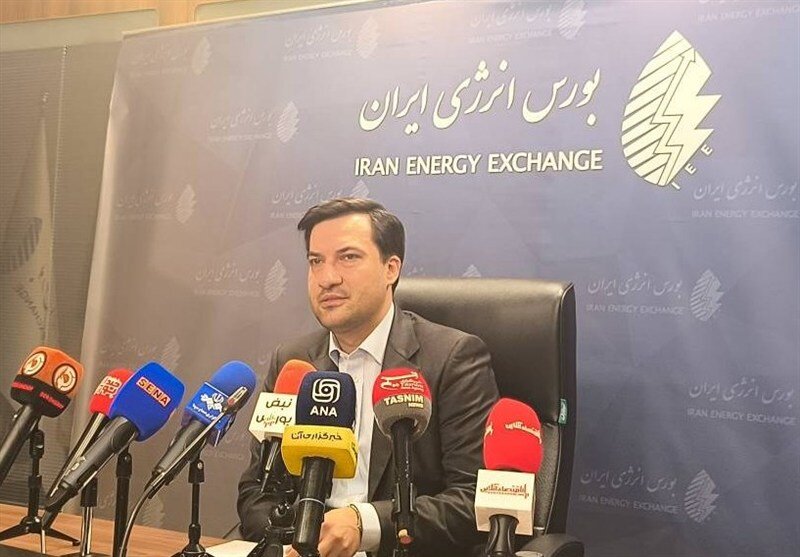IRENEX sees 26% growth in trade volume over 4-month period

TEHRAN – Trade volume on Iran’s Energy Exchange (IRENEX) grew by 26 percent in the first four months of the current Iranian year (March 21 – July 20), reaching a total value of 1.25 quadrillion rials ($2.5 billion), the exchange’s head said on Tuesday.
Mohammad Nazifi told reporters that the majority of trades—about 840 trillion rials ($1.68 billion)—were in hydrocarbon products. He added that despite temporary declines during the recent 12-day conflict, the market quickly rebounded.
Nazifi said 60 percent of transactions now occur on the exchange’s international ring, with liquefied petroleum gas (LPG) accounting for the largest share, valued at 500 trillion rials ($1.0 billion). He noted that last year’s total trading volume stood at 3.3 quadrillion rials, with 2.8 quadrillion rials tied to hydrocarbon markets.
While IRENEX plays a significant legal and regulatory role in Iran’s energy sector, Nazifi acknowledged it is still underutilized in the public and policy spheres. “Market mechanisms are the only sustainable way to correct inefficiencies, especially in the electricity and water sectors,” he said.
The exchange is also expanding operations in electricity, water, and energy efficiency certificates. Green power, standard power, and regulated electricity are traded on separate boards, with notable price surges during periods of peak demand.
Nazifi said 1,400 foreign investor codes are now active on IRENEX, mostly from neighboring countries and China. Energy exports are being conducted through the international trading platform to over 20 destinations. Currency settlement options have also been made available to facilitate foreign transactions.
He added that new instruments are under development, including diesel saving certificates and expanded trading of premium gasoline and aviation fuel. In the water sector, physical water trades and water-saving certificates are gaining traction, with Iran Water and Wastewater Company expected to facilitate industrial participation.
“Public engagement in consumption decisions, through market pricing and transparent mechanisms, is central to our strategy,” Nazifi said.
EF/MA
Leave a Comment